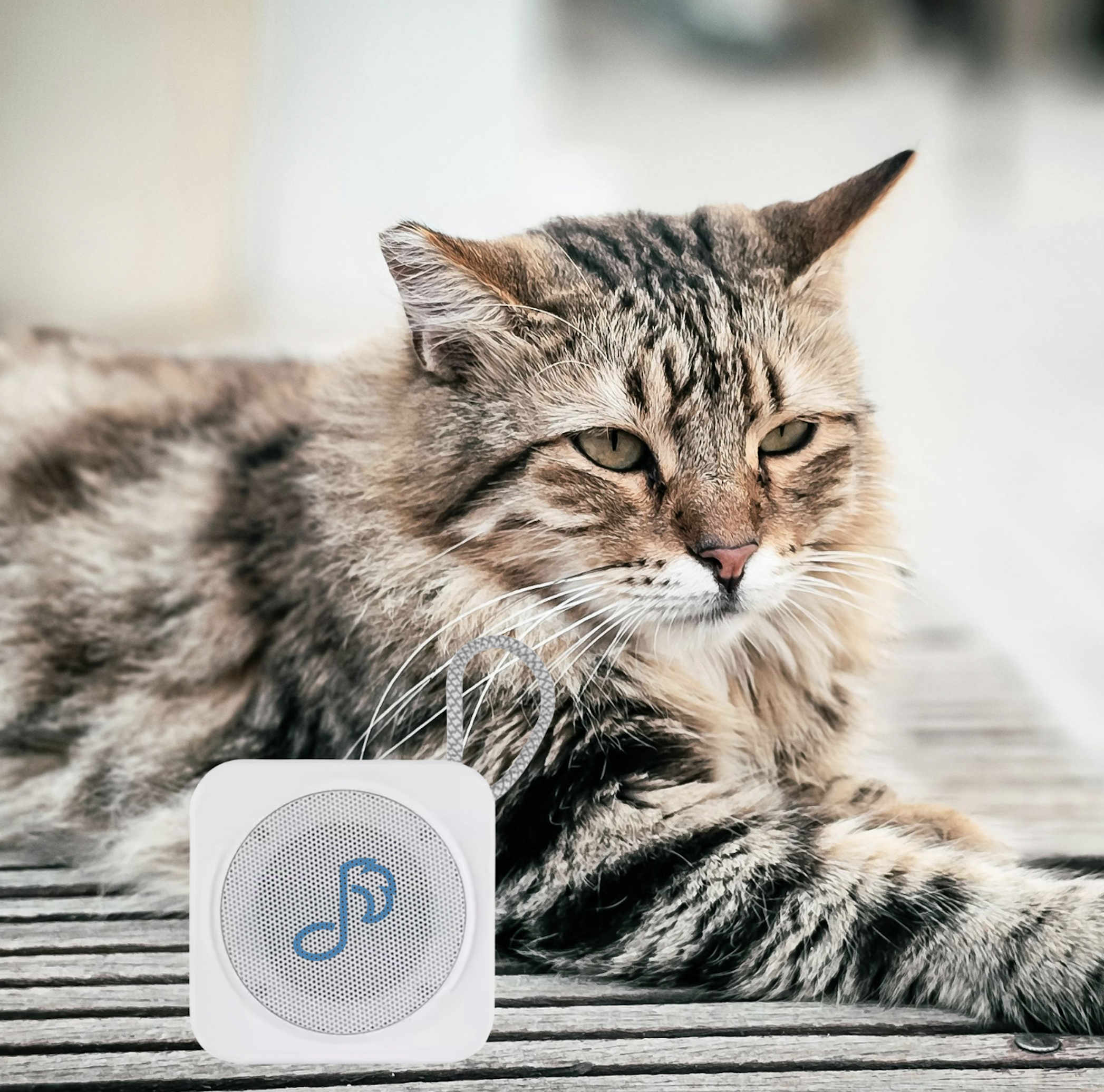Changing Veterinary Medicine Through Digital Hearing Assessment and Species-Specific Sound Therapy
Veterinary medicine is entering a new era where technology and acoustic science are working hand in hand to enhance animal well-being. For decades, veterinarians have relied on behavioral observation and owner reports to assess a pet’s sensory health. But hearing—the gateway sense that shapes communication, learning, and emotional stability—has often been overlooked. That’s changing with the introduction of digital hearing assessments and species-specific sound therapy, innovations that are transforming how we understand and care for our patients.
Full article here: https://international-animalhealth.com/changing-veterinary-medicine-through-digital-hearing-assessment-and-species-specific-sound-therapy/
The Importance of Hearing in Animal Health
A pet’s ability to hear influences every aspect of its behavior and health. From responding to commands to recognizing familiar voices or environmental cues, healthy hearing plays a crucial role in safety, training, and emotional balance. Yet, subtle hearing loss frequently goes unnoticed until it leads to anxiety, confusion, or changes in social interaction. Early detection allows veterinarians to adapt treatment and living environments to maintain quality of life—and that’s where digital assessment makes all the difference.
Digital Hearing Assessment: A New Diagnostic Frontier
The Pet Acoustics+ App now offers the world’s first digital hearing screening for dogs and cats, giving veterinarians and pet parents a simple, accurate way to measure hearing thresholds directly from a mobile device. Using controlled frequency tones calibrated to each species’ unique auditory range, the app records behavioral responses and provides clear results within minutes.
This breakthrough empowers clinics to integrate hearing health into routine wellness exams—just as eye or dental checks have become standard practice. The collected data also provides valuable insights for longitudinal studies and preventive care.
Sound Therapy Tailored to Species
Beyond diagnosis, sound itself can become a form of medicine. Species-specific sound therapy, developed through years of research in animal bioacoustics, applies precisely modified frequencies and rhythms that align with the hearing sensitivities of dogs and cats. Studies published in leading veterinary journals demonstrate that such music reduces stress biomarkers like cortisol, lowers heart rates, and improves behavioral calm in clinics, shelters, and homes.
This scientifically composed music, delivered through products like the Pet Acoustics Speaker or streamed via the Pet Acoustics+ App, is helping animals recover faster post-surgery, remain relaxed during grooming or transport, and experience more peaceful environments overall.
A Holistic Future for Veterinary Care
Integrating digital hearing assessments and species-specific sound therapy represents a paradigm shift in veterinary medicine. It bridges the gap between diagnostics and emotional wellness, giving practitioners a more holistic approach to care. As clinics adopt these innovations, pets benefit from calmer experiences, improved communication, and earlier detection of hearing issues—while veterinarians gain a new diagnostic tool backed by sound science.
The result is simple but profound: veterinary medicine that listens more closely to the needs of animals—literally and figuratively.
For more information about integrating Pet Acoustics+ technology and sound therapy into your veterinary practice, visit petacoustics.com.






























